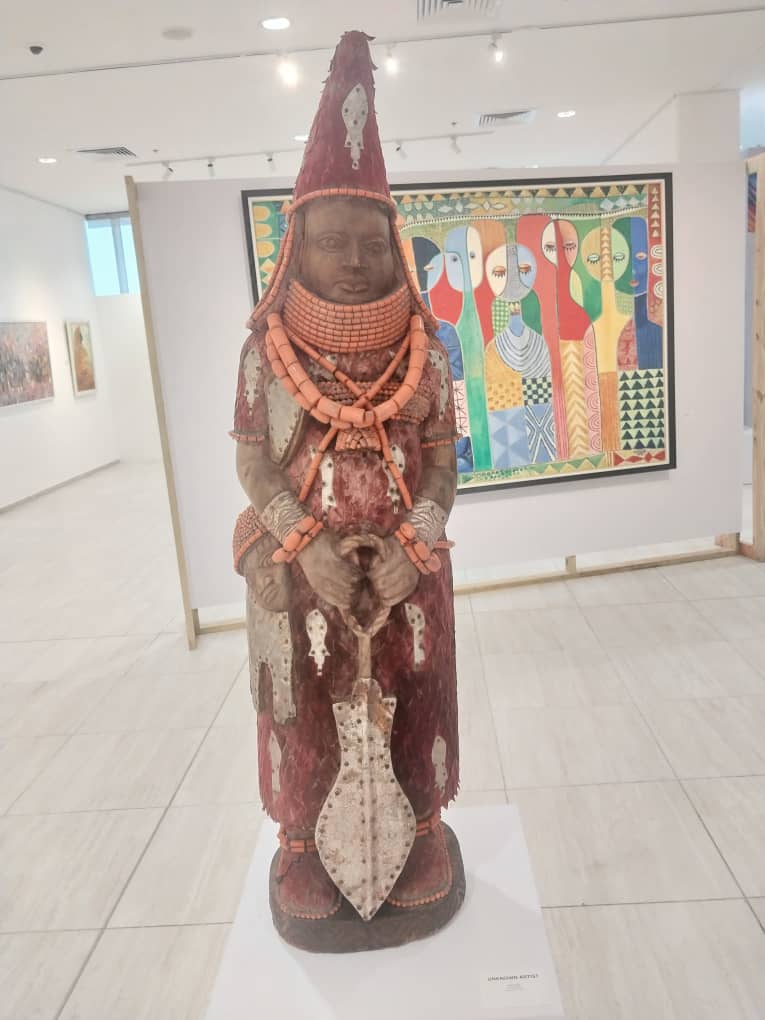THE drums are being rolled out in celebration of Prince George Olusesan Ajewole, who hails from Efon-Alaaye, Ekiti State, as he clocks 70. He has made significant impact in the lives of many. Baba Aje, as he is fondly called, is a teacher of teachers, a sculptor who has trained many sculptors. He is also a printer per excellence and a writer who is a role model to many writers.
Ajewole’s humble life unfolds like a book. A school of thought asserts that creative individuals interpret their thoughts in just a single artistic tilt, but Baba Ajewole surpasses such thinking. His deft of skills as a writer is evident in the many books he published in both Yoruba and English Languages, namely Eni bimo oran, published by Evans publishers in 1980 and Ogedengbe Agbogungboro, published by Heinemann Educational Books in 1986. The others by Extension Publishers are The Big Catch in 2002; Kile to pa Osika in 2003; Igbeyin Lalayo N Ta in 2005; Peke ko gbodo gbin in 2010 and Casting Spell in 2012. It was a delight to learn that his book, Igbeyin Lalayo N Ta, which literarily means, The Happy End of a Player, was being read to millions of Yoruba listeners on Eko FM 107.5 in 2014 by Fatai Bamitale.
The contribution of Baba Aje to Nigerian literature is huge. However, like some of his generation of writers, Ajewole has suffered from the challenges of publishing in Nigeria. These challenges include poor distribution networks, excessive lobbying to enlist books into school curriculum, self-publishing/non-payment of royalties to authors among others.
Baba Aje is a family man, and the arts has taken a firm root in his family, with his children taking to various forms of the arts, including photography, sculpturing, drawing, weaving, tailoring, painting and carving regardless of their courses of study. This trait is rare in this age where there’s neglect of indigenous crafts that could be substitutes for non-oil exports.
A devout Catholic, and member of the Church of Ascension, Bodija, Ibadan, he has been involved in the modeling of statues for different parishes around the country. Apart from the church, he has made doors, household furniture and his other interior designs have been masterpieces of traditional art. Some of these are traditional chairs for the Alaafin of Oyo, which sponsored by Chief Latoosa, ‘Sleeping Lions’ at Ijero-Ekiti and the modeling of statuses for Chief Obasa and his parents at Ijero Ekiti amongst others. He has customers across all societal strata.






